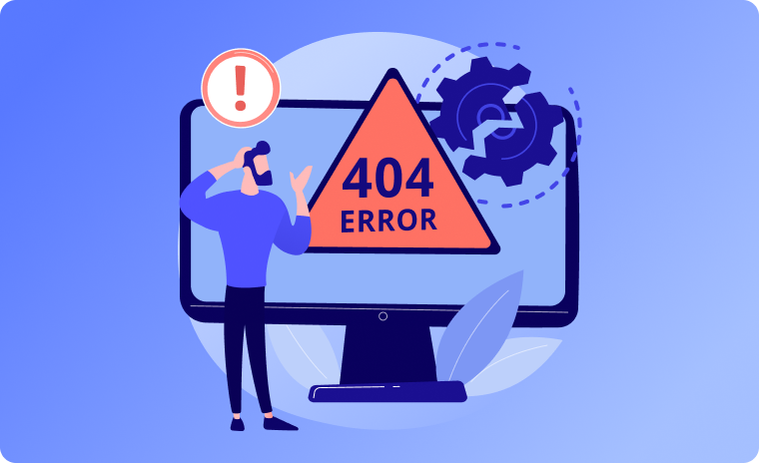Is Digital Transformation a False Hope?
It is a single-food diet for the enterprises nowadays and the only thing on the menu is digital transformation. It is the panacea. The cure-all. The silver bullet. But, is it, really? Some recent figures cast doubt on the effectiveness of digital transformation. For example, 70 percent of the $1.3 trillion spent on digital transformation in 2018 failed to generate the intended results. The success rate in tech-related industries like high tech, media and telecom is not more than 26 percent. So, what’s going on? Was digital transformation an illusion all along?
Probably not. It is just that implementing digital transformation is more difficult than it seems—there is no one-size-fits-all solution. Every company should have a custom-designed roadmap addressing their particular needs, and factors like the industry a particular company is operating in, its size and how tech-heavy its processes all play a role in the formulation of the right recipe. The reasons for failure, however, are more easily identified. Here are three of them:
1 - Absence of a strategic vision in the leadership
The prime responsibility in digital transformation lies with the corporate leadership. A huge endeavor like digital transformation effects so many different aspects of the business such as finances, human resources, culture and technology that it is doomed to fail without the engagement of and coordination from the C-suite. In the absence of a whole-hearted buy-in from the top management and the necessary changes in the organizational hierarchy, any attempt at a digital transformation will have to be led by middle management and it will amount to little more than mere window dressing.
2 - Undefined scope, vague goals
“When you don’t know where you are going, any road will get you there.” Companies that lack a well-thought-out roadmap fail to bring their means and ends together. They will have difficulty in prioritization of tasks and allocating resources in an efficient way. Soon, different departments will be working at cross purposes, fighting for funds to carry out their own plans instead of that of the company. It will be every man for himself and the most likely end result in such a situation will be empty coffers without any meaningful change having taken place at all.
3 - Lack of transparency
Without the human component, digital transformation would be just another project for replacing the legacy systems in place with new, cool stuff. The human component is what makes it so complex. The leadership should invest in, work with and consider making changes to the workforce if necessary. People might have their reasons for opposing change—they might simply prefer the status quo, or they might be intimidated by the possible ramifications of change. It is only natural that employees feel threatened by the increasing automation and the ongoing fundamental change in the way tasks are done in an organization. They need to know the scope and goals of the transformation and be told how they will fit in the new situation where IT responsibilities will be more distributed across the organization.
Although digital transformation can be a difficult beast to tame and control, it is neither a false hope nor an illusion. Digital transformation can breath new life into traditional companies if done properly. It is the breadth and depth of the change involved, that is the complexity of the whole process, which causes things to spiral out of control in the absence of a roadmap. However, companies and decision-makers are not completely helpless. Our friend Eugene will be focusing on the kind of specific steps companies can take to improve their odds of success in our next blog post.




 Please
fill out this field
Please
fill out this field









